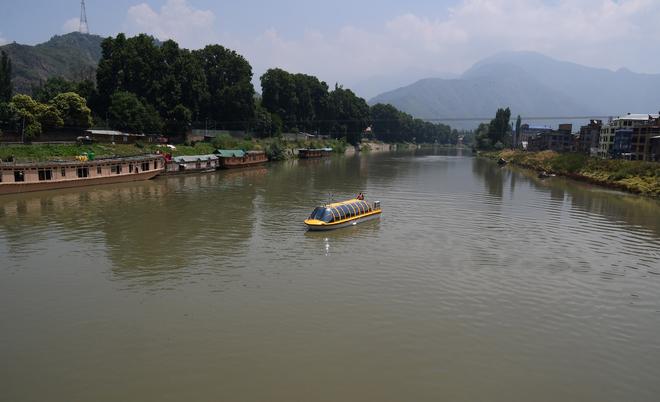The Centre intends to invest Rs 19,000 crore in rejuvenating 13 major rivers through tree planting, officials from the Environment and Jal Shakti Ministries announced at a joint news briefing on Monday.
These ‘forestry’ treatments are predicted to improve cumulative forest cover by 7,417.36 square kilometers in the vicinity of these 13 rivers, averting 50.21 million tonnes of CO2 equivalent in ten–year–old plantations and 74.76 million tonnes in twenty–year–old plantations.
They would assist in recharging groundwater, reducing sedimentation, generating 449.01 crores in non-timber and other forest produce, and providing 344 million man-days of work.
The major river will be supported by this River Afforestation plan
The Jhelum, Chenab, Ravi, Beas, Sutlej, Yamuna, Brahmaputra, Luni, Narmada, Godavari, Mahanadi, Krishna, and Cauvery rivers are being supported by the National Afforestation and Eco-development Board (MoEF&CC). The two Ministries made available numerous lengthy Detailed Project Reports issued by the Indian Council of Forestry Research and Education, Dehradun, for each of these rivers (ICFRE).
The 13 rivers cover a basin area of 18,90,110 square kilometers or approximately 57.45 percent of the geographical area. Their combined length of 42,830 kilometers, including 202 tributaries within the designated surrounds, is 42,830 kilometers.
The publications propose numerous types of riverbank reforestation. Among them are timber species, medicinal plants, grasslands, bushes, as well as fuel and fruit trees. The publication proposes 667 treatment and plantation concepts, including 283 for natural landscapes, 97 for agricultural landscapes, and 116 for urban landscapes.
On the basis of consultations with various stakeholders, site-specific treatments in terms of soil and moisture conservation, as well as plantations of grasses, herbs, forestry, and horticultural trees, have been proposed for the treatment of prioritized areas in the riverscape. Nodal officers from the respective State Forest Departments were assigned to coordinate with other line departments throughout this exercise. According to the DPRs, the State Forest Departments will be the primary implementers, with “convergence of schemes from other line departments in the States.” The ICFRE would provide technical assistance.
These efforts would assist India in meeting its international climate commitments of adding 2.5-3 billion tonnes of CO2 equivalent carbon sinks through increased forest and tree cover by 2030 under the UNFCCC’s Paris Agreement; restoring 26 million hectares of degraded lands by 2030; halting biodiversity loss by 2030 under the CBD and Sustainable Development Goals.
In Glasgow last year, India committed to halving its projected carbon emissions by 2030, meeting 50% of its energy needs with renewable energy by 2030, increasing non–fossil energy capacity to 500 gigawatts by 2030, halving its economy’s carbon intensity by 2030, and achieving net-zero emissions by 2070.

